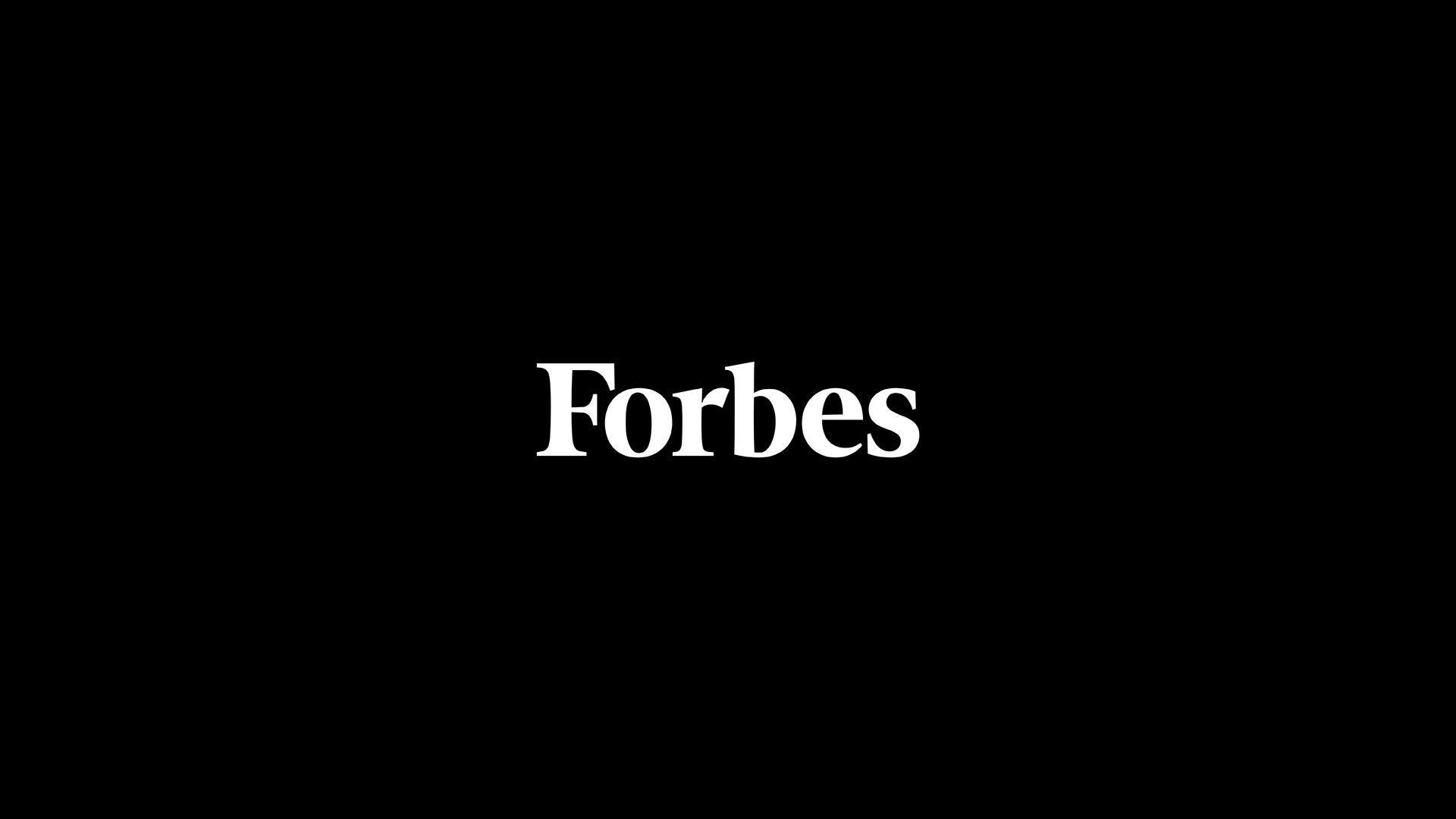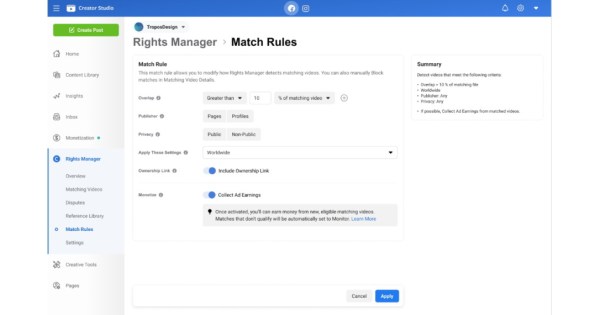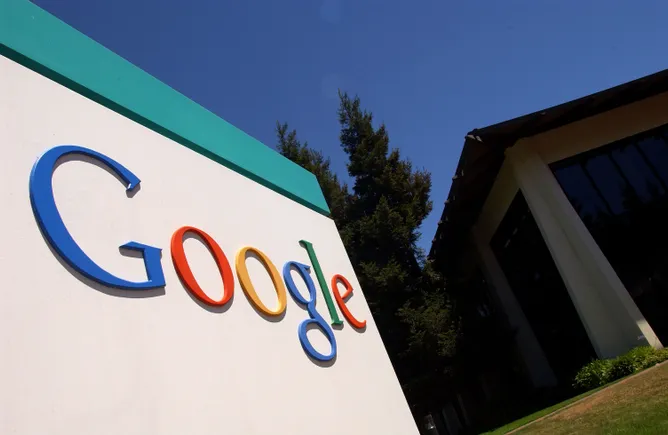So, not a great start for YouTube’s new Shorts ad revenue share process.
Last month, YouTube launched its long-awaited Shorts revenue share program, which essentially pools all of the revenue generated via Shorts ads, then re-distributes around half of that money to the top Shorts creators, based on view counts, eligibility, etc.
That’s a much more sustainable and equitable funding model than the current creator fund programs being run within other short-form video offerings, which have ended up bristling creators due to inconsistent payouts and declining portions of a static amount, as more creators come on board.
YouTube’s more adaptable funding model, then, seems like a better way to go, with payouts proportionate to income, and based on video performance, which should be more reliable, more equitable, and should see short-form creators get better paid for their work.
‘Should’ being the key term here.
Various creators have been sharing insights into the payouts that they’ve been seeing from the new Shorts funding system – and it’s not great.
As you can see in this example from YouTube star Zach King, despite generating 196 million views with his Shorts clips in the first month of the program, King only took home $2,918 in revenue share.
King’s results are less than $0.02 RPM, but some other Shorts creators have reported seeing $0.04 RPM. Which is still not great, but it’s slightly better.
But then again, as King notes, it’s still better than TikTok’s Creator Fund, and better than Instagram’s current monetization offerings for Reels.
King further notes that there are expanded benefits in Shorts, in regards to exposure and brand building, as opposed to straight monetization.
“When I look at almost 197 Million views in a month, I don’t look at the payout I get from the platform, I look at exposure and what my CPM and cost were to get those views. Right now it’s extremely low cost when comparing to the exposure, which is why it’s not about the payout, it’s about brand building. My guess is YT monetization will slowly go up over the years and favor creators, but exposure and numbers like this will be more difficult to achieve.”
That’s YouTube’s key value proposition in the short-form video battle – YouTube pays out billions to creators every year through the YouTube Partner Program, and Shorts can act as a complementary element which can then drive interest in your main YouTube channel. So the combined monetization potential of the app is far higher than any other platform is even close to achieving.
It’s early days, and as King notes, YouTube will likely improve its models for short-form monetization, as it looks to beat out competitor apps. But even without enhancements, the monetization opportunities on YouTube are more significant, and it’ll take big changes at TikTok or Meta to catch up.
But as yet, there’s no direct path to making millions from short-form clips.









